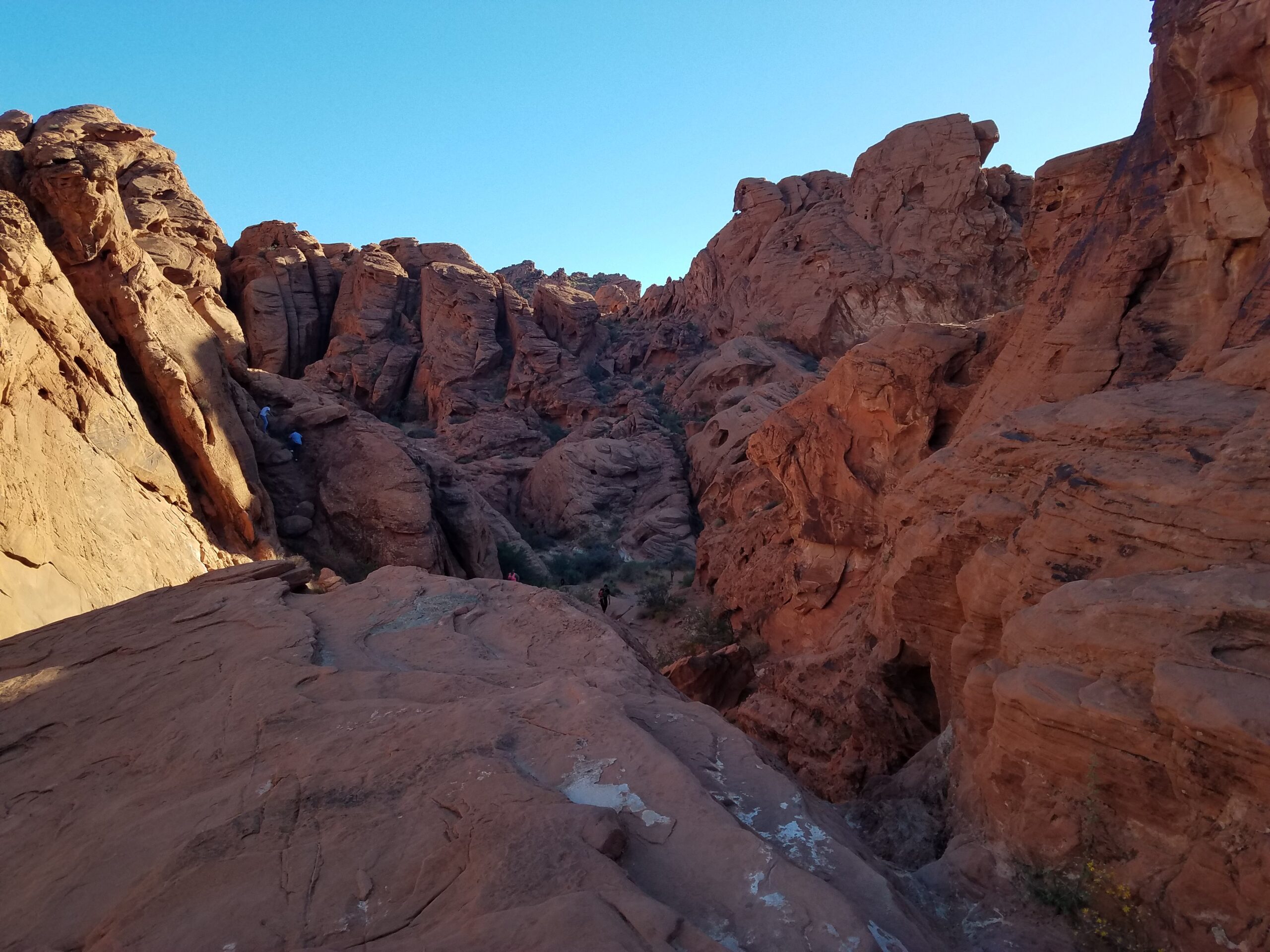State parks lost out on $1.2 million in uncollected entrance fees, audit finds

Nearly a third of the 3.5 million people who visited a Nevada state park last year didn’t pay required entrance fees, according to a new state audit, which translates into an estimated $1.2 million in uncollected revenue for the state.
The audit of the Division of State Parks, which was presented to an interim legislative audit committee on Monday, estimated that hundreds of thousands of Nevada park-goers skip out on required day-use fees of the state’s 28 parks and suggested several ways to improve compliance.
Comparing vehicle traffic to expected and annual revenue, auditors determined that roughly 30 percent of park goers did not pay their required day-use fee to access the parks (fees typically run between $5 and $20 per vehicle). Auditors stressed the $1.2 million in lost revenue was a “conservative” estimate, and said they discounted possible trips from those with annual passes, the $2 Nevada resident discount, people visiting for free events and other vehicle traffic that wouldn’t require a day use pass.
Auditors found that parks with manned entrances, such as Valley of Fire state park, had a better compliance rate than those with self-pay stations, where auditors said visitors through either “ignorance or willful intent” failed to pay required entrance fees.
Although nine parks had an “estimated compliance” of 90 percent or higher, the audit found several parks with a significantly small percentage of collected entrance fees compared to vehicle traffic, including Cave Rock park at Lake Tahoe, with an estimated 23 percent “compliance” percentage, losing out on more than $137,800 in expected revenue based on annual vehicle count.
Other parks with low compliance ratings included Echo Canyon (36 percent, $56,540 in uncollected fees), Fort Churchill (39 percent, $51,201 in uncollected fees) and Spring Valley (41 percent, $86,193 in uncollected fees). Fees collected from visitors to state parks have jumped significantly over the last decade, from $2.5 million in 2008 to $4.3 million in 2017.
The audit also found that of 22 surveyed parks, at least seven had experienced staff or volunteer theft of money placed in self-pay stations. Although the audit wasn’t able to determine the total amount of funds lost because of theft (noting that it was a “rare occurrence”), it nonetheless recommended that at least two employees be present during cash collection.
Acting state parks Administratior Bob Mergell, who otherwise said the department accepted all seven audit recommendations, said fulfilling that request would be nigh-impossible given limited staffing at several of the parks, some of which are left with one permanent staff member overseeing the park during certain times of the year.
“We just simply can’t ask those ranger staff to come out of the field to count the volume of envelopes that we collect at that park,” he said. “So we just have to rely on seasonal employees.”
Still, the audit stated that park staff were “hesitant” to assess noncompliance fees on visitors who didn’t pay entrance fees, and noted that park staff hadn’t used a potential $200 citation for noncompliance in years.
“However, by not following Division compliance procedures and enforcing noncompliance fees, some visitors may be only inclined to pay when approached by park staff,” the report stated.
The audit also highlighted issues with the division’s use of fuel cards for department vehicles and recommended that the cards be tied to individual cars and not specific employees to improve oversight of fuel usage. It also recommended better oversight of payments from vendors who sell concessions within parks, identifying at least one business that overpaid the department by $21,900 over a seven-year period. Mergell said the department had repaid the vendor and already made changes to its internal fuel card management.
It also recommended installing different methods of fee collection, notably through self-pay kiosks where visitors can pay with a credit card or debit card instead of cash. Mergell said the department had already installed two of the kiosks at Sand Harbor and Cave Rock state parks, had two additional ones in storage and hope to purchase more if their budget is approved by the 2019 Legislature. He also said the department was working on a pilot program for an app that would allow visitors to pre-pay before reaching a park, as part of the division’s goal to cut down on the amount of cash it had to directly deal with.
“In a perfect world, in 10 years we won’t touch money,” he said. “But for the time being we still have to deal with it.”
